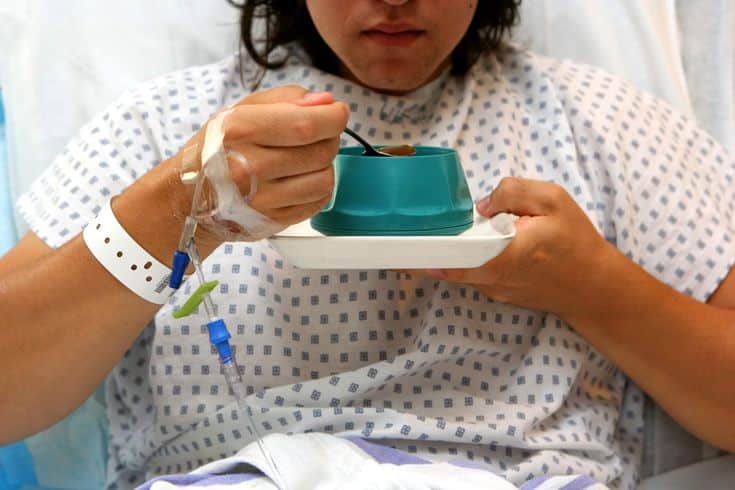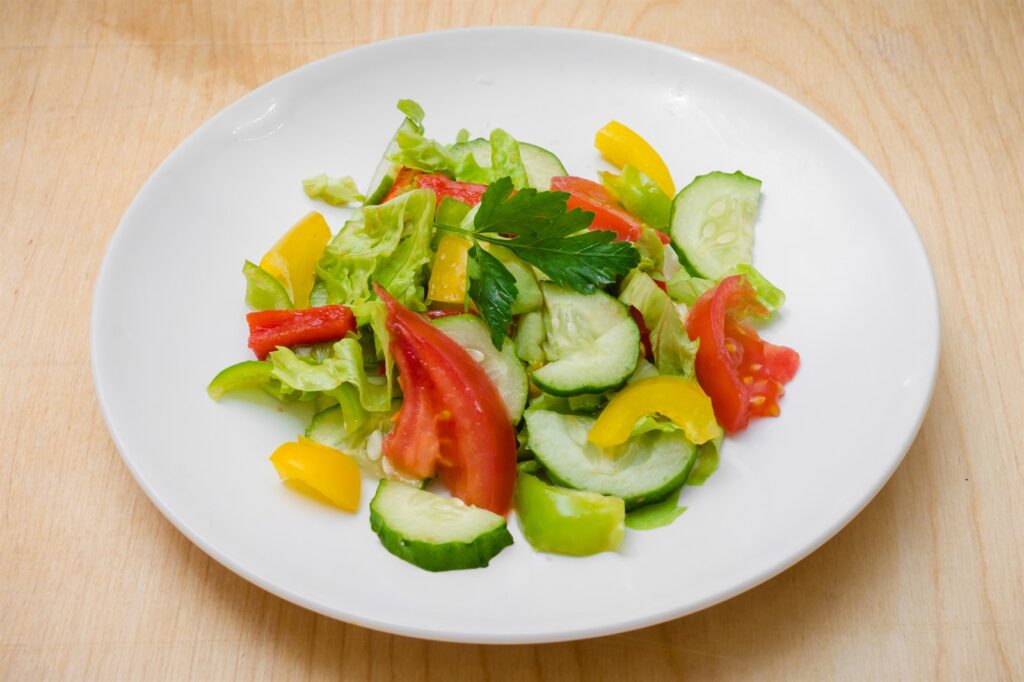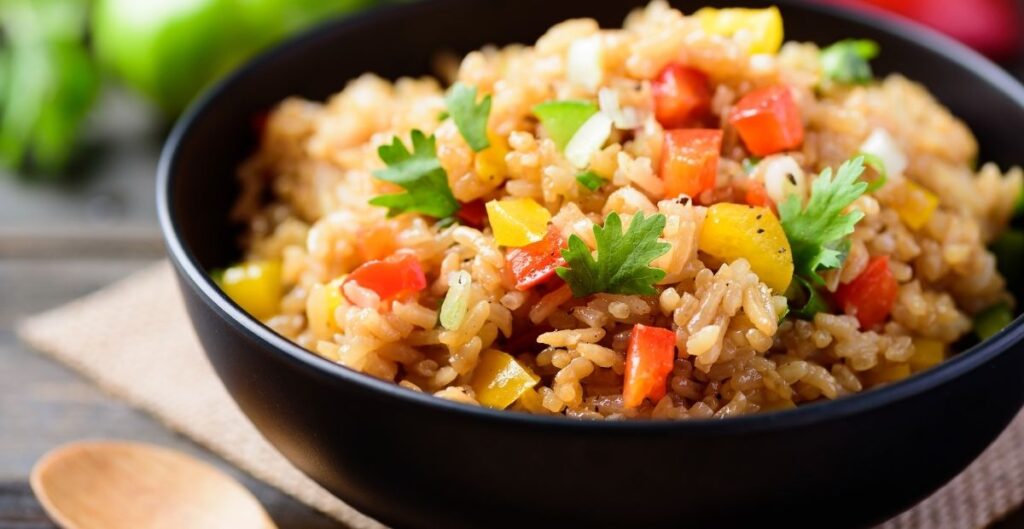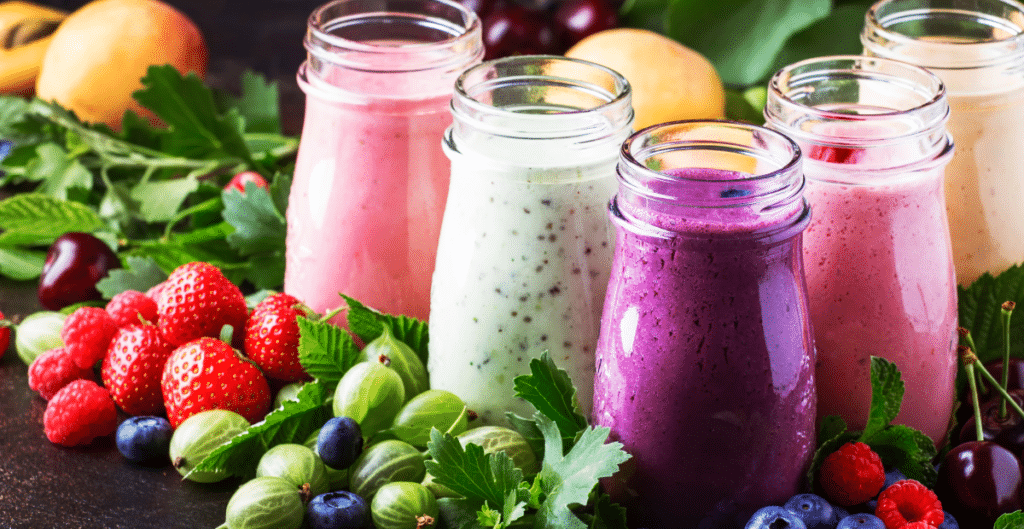Diet after Laparoscopic Surgery: A Comprehensive Guide
Laparoscopic surgery is a specialised surgical procedure. Previously, gallbladder and gynaecologic surgeries frequently employed this approach. The application of this approach has spread to intestinal surgery throughout the past decade. The surgeon enters the abdomen by a single incision during traditional “open” surgery, while numerous 0.5–1 cm incisions are made during laparoscopic surgery. During the process, specialized tools and a unique camera called a laparoscope are deployed. Footage from the abdomen is sent to high-definition video displays in the operating theatre via the laparoscope. The surgeon views close-ups of the abdomen on a display as the procedure is being performed.
It’s important to take care of the dietary plan you follow after any surgery and Laparoscopic surgery is no exception. This is usually to promote your recovery process.
In addition to hat your doctors have to say about your medication as well as the diet, here are some basic guidelines on what you should consume and what to steer clear of after you go through a laparoscopic surgery.
Role of Healthy Dietary in Post-Surgery Era
Diet after the surgery is important factor for several reasons:
- Wound repair: a fine dietary plan is needed in order to get the tissues repaired as well as to avoid infections.
- Boost protien: Since protein aids in the body’s tissue reconstruction following surgery, it is essential for recovery. Red meats contain protein substantial for health.
- Preventing Constipation Complications: Following surgery, constipation is common. It frequently occurs as a side consequence of painkillers or anaesthesia. Constipation ought to be avoided because, in addition to being uncomfortable, it may cause tension on an incision.
Phases of Diet After Laparoscopic Surgery
In addition to the diet plan listed below, it’s crucial to heed your doctor’s instructions regarding the progressive introduction of new foods into your dietary regimen in order to prevent digestive problems.
Phase 1: Liquid Diet (First few days)
You will usually only be consuming clear fluids on the first day of your diet in post surgery era. This is typically to avoid nausea, gas, or bloating so that the stomach and intestines can heal quicker.
Foods to include:
- Apple, grape, and cranberry juices
- Broths (chicken, beef, or vegetable)
- Ice chips or popsicles (without dairy)
- Herbal teas (e.g., ginger or chamomile)
- Water
Avoid: Solid foods, dairy products, and beverages containing caffeine or alcohol.

Note* In a day or two, you may move to a full liquid diet. This phase includes thicker liquids that are easier to digest while still giving your body some nourishment. These foods include:
- Creamed soups (strained)
- Broth-based soups (with some soft veggies or small pieces of chicken, blended smooth)
- Smooth fruit juices (apple, grape)
- Low-fat milk or plant-based glasses of milk (almond, soy)
- Puddings, custards, and smoothies
- Yogurt (non-fat or low-fat)
- Protein shakes
Avoid: Solid food, fiber-rich foods, or any foods that may cause gas, such as beans and cabbage.
Phase 2: Soft Foods (Week 1-2)
After the first few days, your digestive system will begin to recover, and and only before you can move to your regular diet, you start in taking the soft meals. These include the following:
- Scrambled eggs or soft-boiled eggs
- Mashed potatoes
- Oatmeal or porridge
- Soft fruits (bananas, avocados, or applesauce)
- Well-cooked vegetables (carrots, zucchini, spinach)
- Fish, poultry
- Whole grain bread (if tolerated) or rice
Avoid: To lessen abdominal pain, stay away from citrus fruits and meals that generate gas, like broccoli, cabbage, cauliflower and Brussels stems.
Phase 3: Regular Diet (Week 2 and Beyond)
As you are transitioning to a regular diet, avoid high-fat meals and just take a few nibbles at a time. This will lessen the quantity of problems you encounter. When employing certain prescription painkillers, constipation is a possible consequence. If you are on any of those medicines, it is crucial that you stay hydrated to avoid this problem. Perhaps, also you adhere to your doctor’s advice.
Foods to include:
- Lean proteins (chicken, turkey, fish, tofu)
- Whole grains (brown rice, quinoa, whole wheat pasta)
- Steamed or roasted vegetables
- Fresh fruits (berries, apples, pears)
- Low-fat dairy or dairy alternatives
- Healthy fats (olive oil, avocado)
Avoid: Fried foods, high-fat meals, and heavy meals late at night.
Foods to Include after Laparoscopic Surgery
Some foods that need to be added in your diet after the Laparoscopic surgery are detailed below.
-
Protein and fiber-Rich meals
Protein and fibers ensure that the wound heals swiftly. It helps regenerate cells that are helpful to repair tissues at the surgical site. Constipation is also avoided by in taking fiber foods. Include lean sources such as:
- Chicken breast, turkey, or fish
- Eggs (especially the whites)
- Low-fat dairy products
- Whole grains
- Vegetables as well as Fruits
-
Hydrating Foods
Staying hydrated in the post-surgery era is vital and indeed helpful for quicker recovery. Include foods with high water content, such as various juices like the Watermelon, Cucumbers and apple juice.
-
Healthy Fats
Fats intake usually promotes the wound healing process. Intake of nuts and oils works wonders. Moreover, chia seeds as well as avocados can be consumed for better recovery.
-
Vitamins and Minerals
Vitamin C with other minerals helps to heal wound. For this, you can consume foods such as citrus fruits, red peppers, berries, and broccoli. You intake this, apparently a week after your surgery.
Foods to Avoid After Laparoscopic Surgery
Some of the meal items need to be avoided after the surgery to keep oneself on the safer side. These foods are listed and an explanation for each, is given below.
1. High-Fat Foods or processed foods
You might not feel well enough to prepare whole meals after operation. After surgery, your taste buds may want processed foods but they will typically have fewer amino acids, more fat, and less fibre. This can cause constipation, therefore healing will be affected. If you go about choosing processed foods even still, then you might want to grab those with high amino acids, low sugar, and low salt. Baked goods that don’t include a lot of fibre and protein should not be consumed.
- Fried items
- Fatty cuts of red meat
- Processed or packaged snacks
2. Fatty foods
Steer clear of fatty meals that are more inclined to induce constipation, such as beef and pork, French fries, and cheddar and dairy goods that are full-fat. Don’t eat too much fried food.
3. Alcohol and Caffeine
Even though you might want to celebrate leaving the hospital, you ought not to utilize alcohol! Additionally, alcohol leads to dehydration. This needs to be avoided at all costs. Instead, you can relish a mock-tail or some kind of juice, usually fruits juice, which will also help you meet your hydration objectives!
General advice:
Along with attending to a healthy dietary plan, including all the necessary dietary elements i.e. proteins and essential minerals, there are other activities that can be put into exercise. Following these additional advices will help benefit more from the dietary plan as well. the additional/general advices are listed below.
- Share any dietary problems with your physician, or doctor.
- Get smaller portions of food and more frequently too.
- A little exercise can help with digestion.
- Yoga and meditation is the best way to relax your mind and body too.
Conclusion
Any surgery would require a careful dietary plan to be followed and thus laparoscopic surgery is no exception either. A recovery process needs to heed to a proper diet with all the essential nutrients including all minerals, vitamins and other essentials. From a liquid diet to the soft meals and then back to the regular diet plan is what the flow of dietary plan looks is like. This is a gradual cycle, rather than a swift one.
With this, you would also want to consult your doctor timely. .



